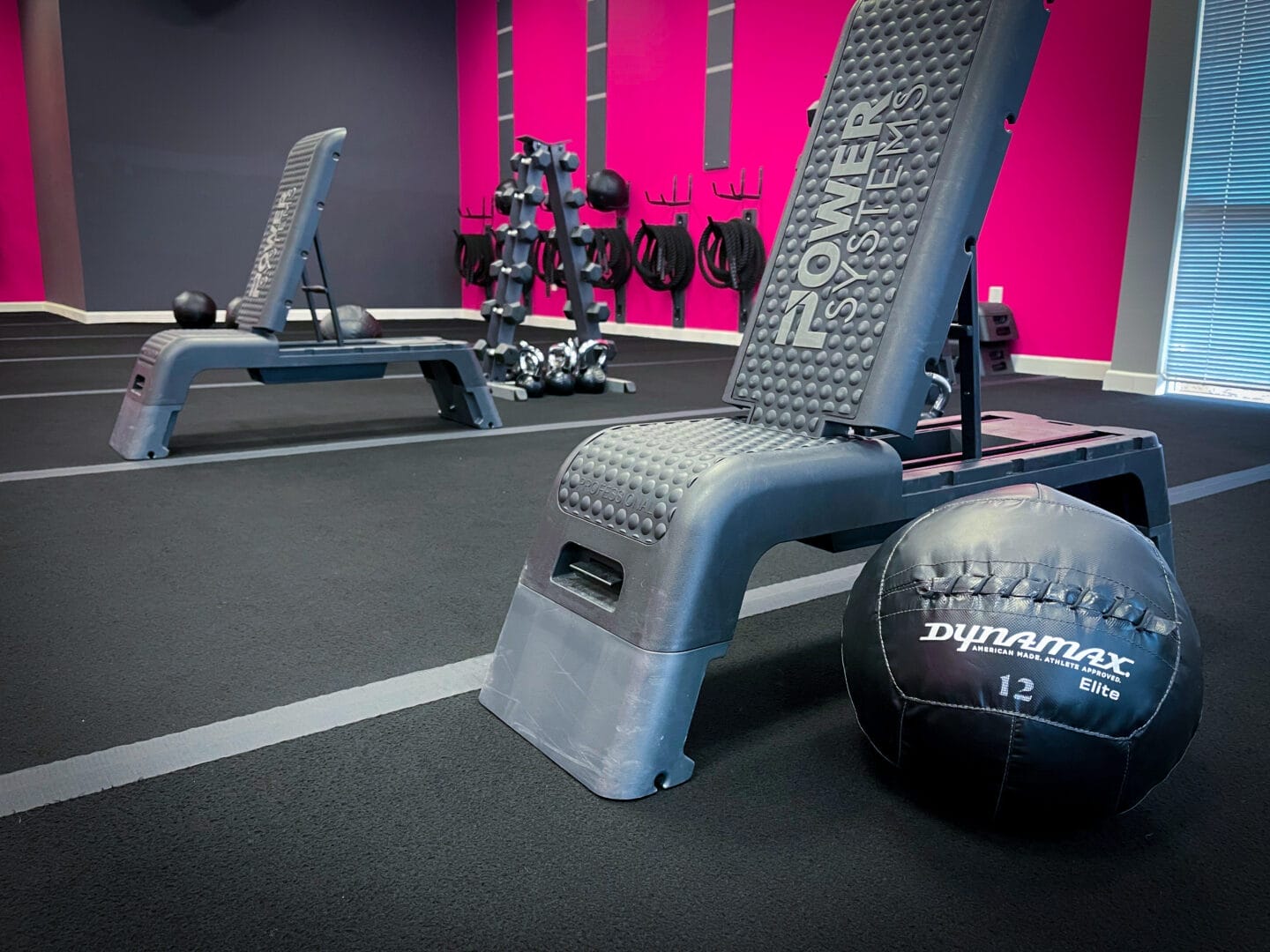-
01
IntroGet started by booking your free intro.
-
02
PlanTalk with a coach and make a plan.
-
03
ResultsStart training, follow your program and get results.
Getting started is easy at the best gym in Rocklin, CA
At Shred 27 in Rocklin, CA, we believe that the path to reaching your goals starts with an actionable plan. Talk with one of our expert coaches to learn more about which program style will fit your lifestyle. Join our gym to get results that last.
Fill out the form below to get started
Take the first step towards getting the results that you want
Learn more about our privacy & cookie policy.
KAYLA’S STORY
I don’t know where to start. I am feeling stronger than I ever have before. Thank you!
JANET’S STORY
Turns out hours of cardio was not the answer. I love feeling strong!
LAURA'S STORY
I've never really felt comfortable working out in a group setting. My first group class was a partner workout and I had never pushed so hard!
Achieve your goals with us
Take the first step in becoming your own success story.
Fill out the form below to get started
Take the first step towards getting the results that you want
Learn more about our privacy & cookie policy.

